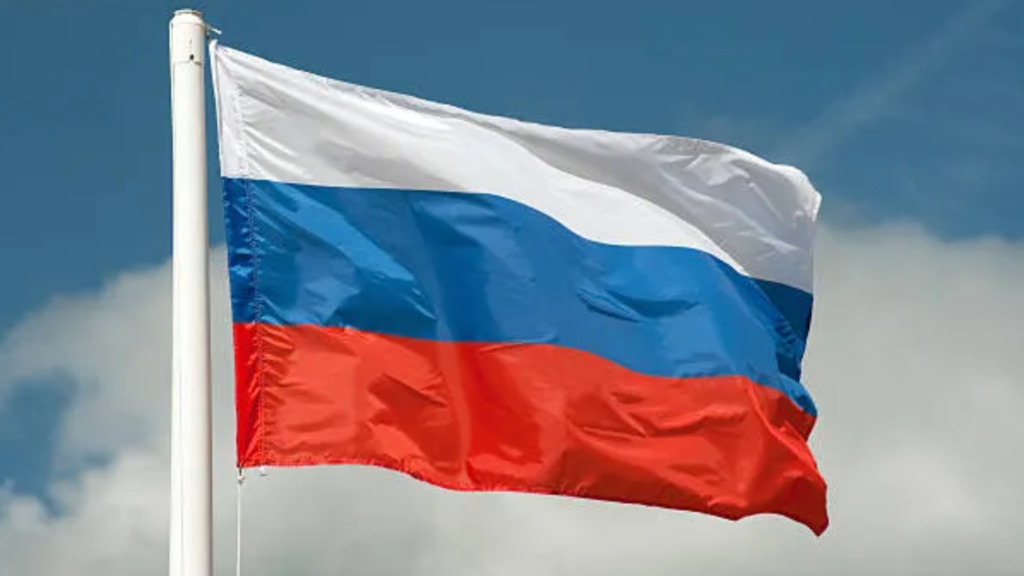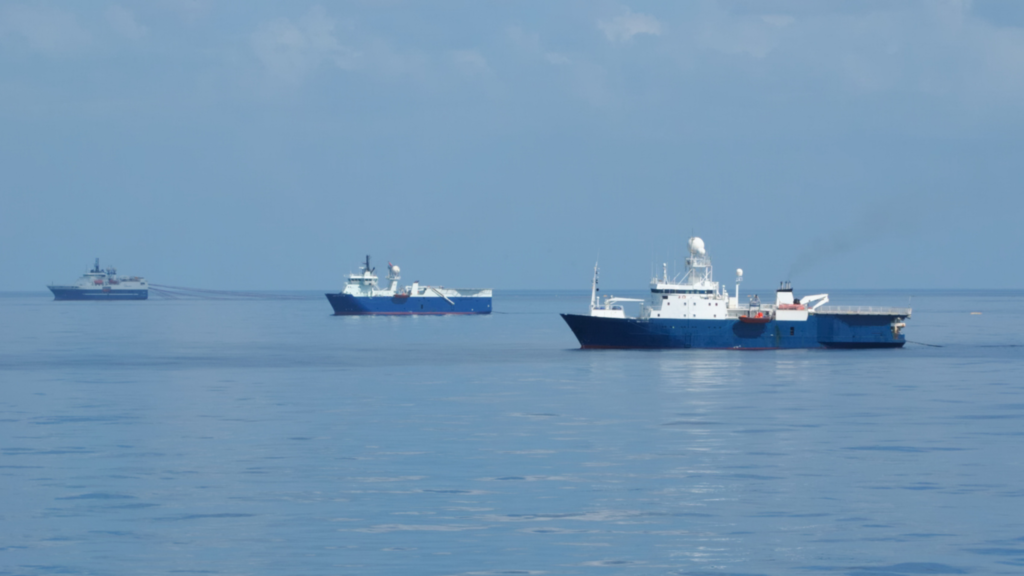As the world marks the grim third anniversary of Russia’s full-scale invasion of Ukraine, the European Union is upping the ante with its 16th sanctions package, a meticulously crafted economic assault designed to squeeze Putin’s war machine. Approved by EU envoys on February 19th and poised for formal adoption by foreign ministers on Monday, this package isn’t holding back.



So, what’s on the chopping block? First, a ban on primary Russian aluminum. To soften the blow, a year-long transition period allows limited imports (up to 275,000 tonnes), ensuring European industries don’t face immediate aluminum withdrawal symptoms. But the message is clear: Russia’s economic lifeline is being severed.
Then there’s the maritime offensive. Seventy-three additional vessels, primarily those shadowy oil tankers, join the EU’s blacklist, bringing the grand total to 152 restricted ships. The EU’s also cutting off access to Russian ports and airports that are circumventing oil price caps or acting as conduits for drone and missile parts, and slapping service bans on oil and gas refineries. New criteria also target the “shadow fleet’s” owners, operators, ship captains, and anyone abetting the Russian military.
But it’s not all about heavy industry. Prepare for a potential gaming drought, as the EU takes aim at video game consoles and other entertainment devices (flight simulators, joysticks). This isn’t about killing joy; it’s about stifling potential drone control tech. So, while your average gamer might not feel the immediate impact, Microsoft, Nintendo, and Sony will be watching closely.
The banking sector is also feeling the heat. Thirteen more Russian lenders are being booted from the global SWIFT banking system, and transactions with three additional Russian banks are now outlawed. For Russia’s manufacturing sector, the EU’s banning exports of key materials like chromium and chemical precursors, vital ingredients for CNC machines used in precision manufacturing.
Fifty-three new entities face transaction bans related to high-priority goods sales to Russia, while forty-eight individuals and thirty-five entities land on the general sanctions list, facing asset freezes and EU travel bans. Broadcasting licenses for eight Russian media outlets are also being yanked. Finally, diamond sanctions are getting an extension, with the phase-in period for the ban on Russian diamonds pushed from March 2025 to September 2025.
As European Commission President Ursula von der Leyen succinctly stated, the EU is “clamping down even harder on circumvention,” targeting Putin’s shadow fleet and imposing new bans to turn up the economic heat. Whether this pressure will be enough to change the course of the conflict remains to be seen, but the EU is clearly committed to squeezing Russia until something gives.